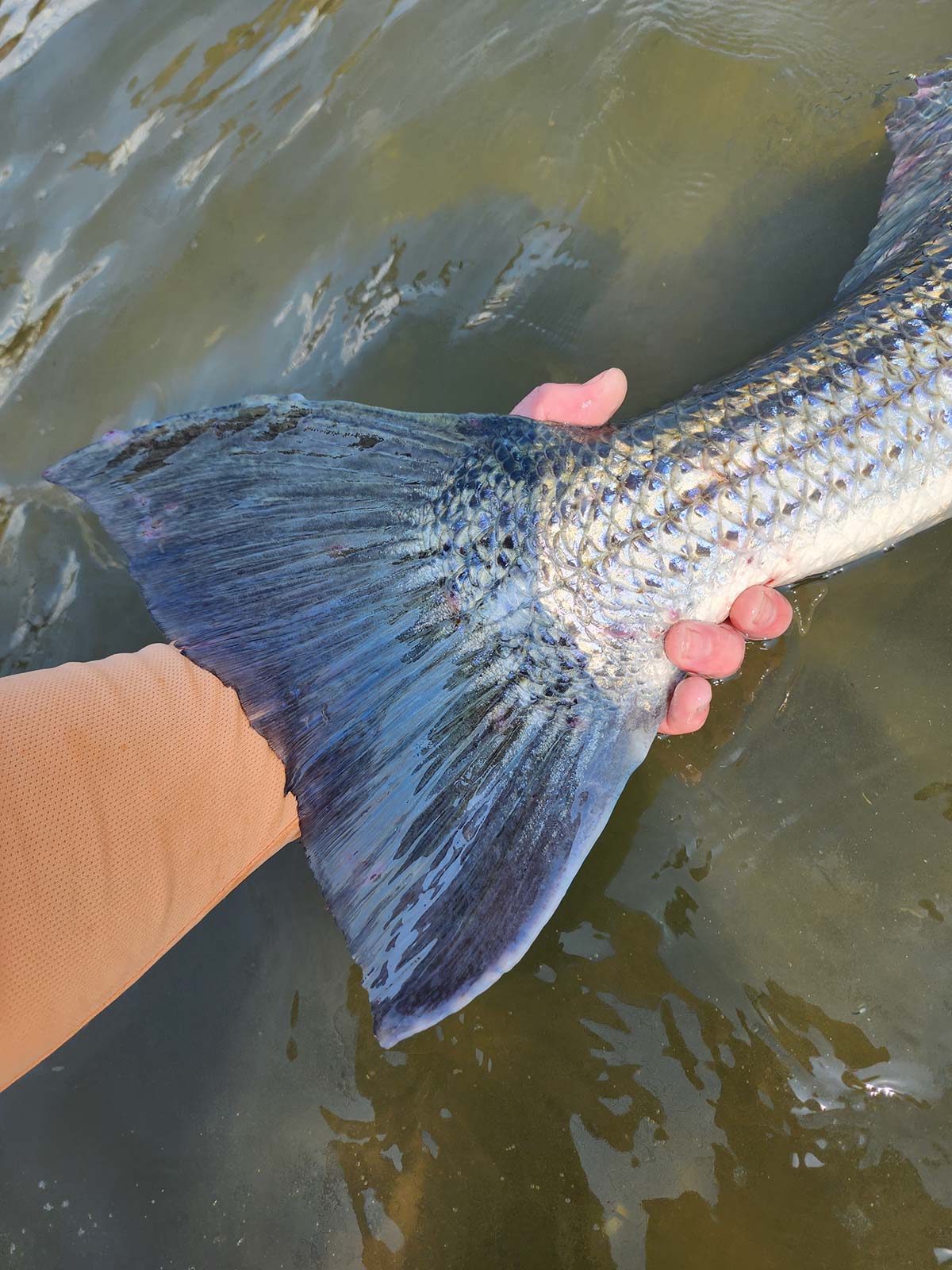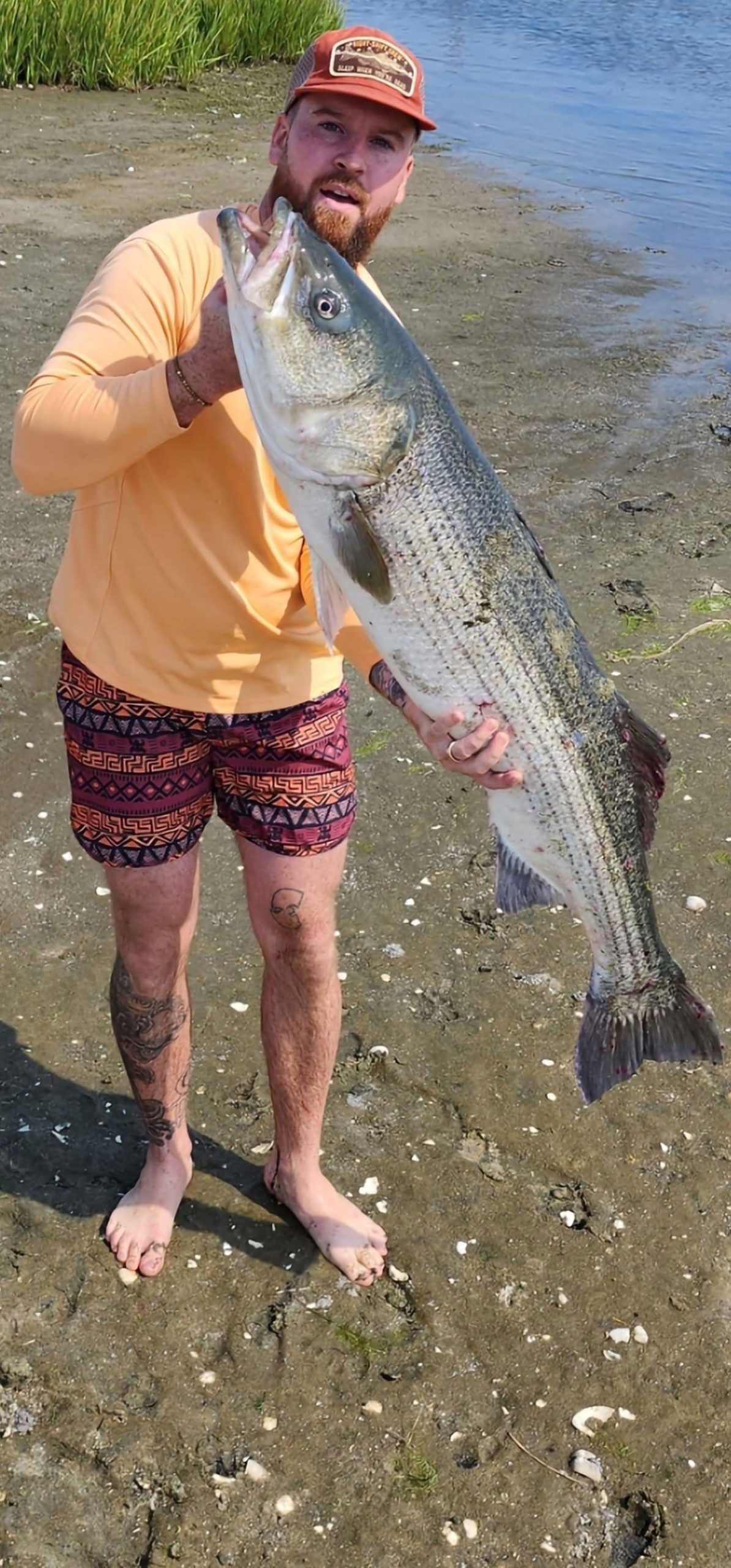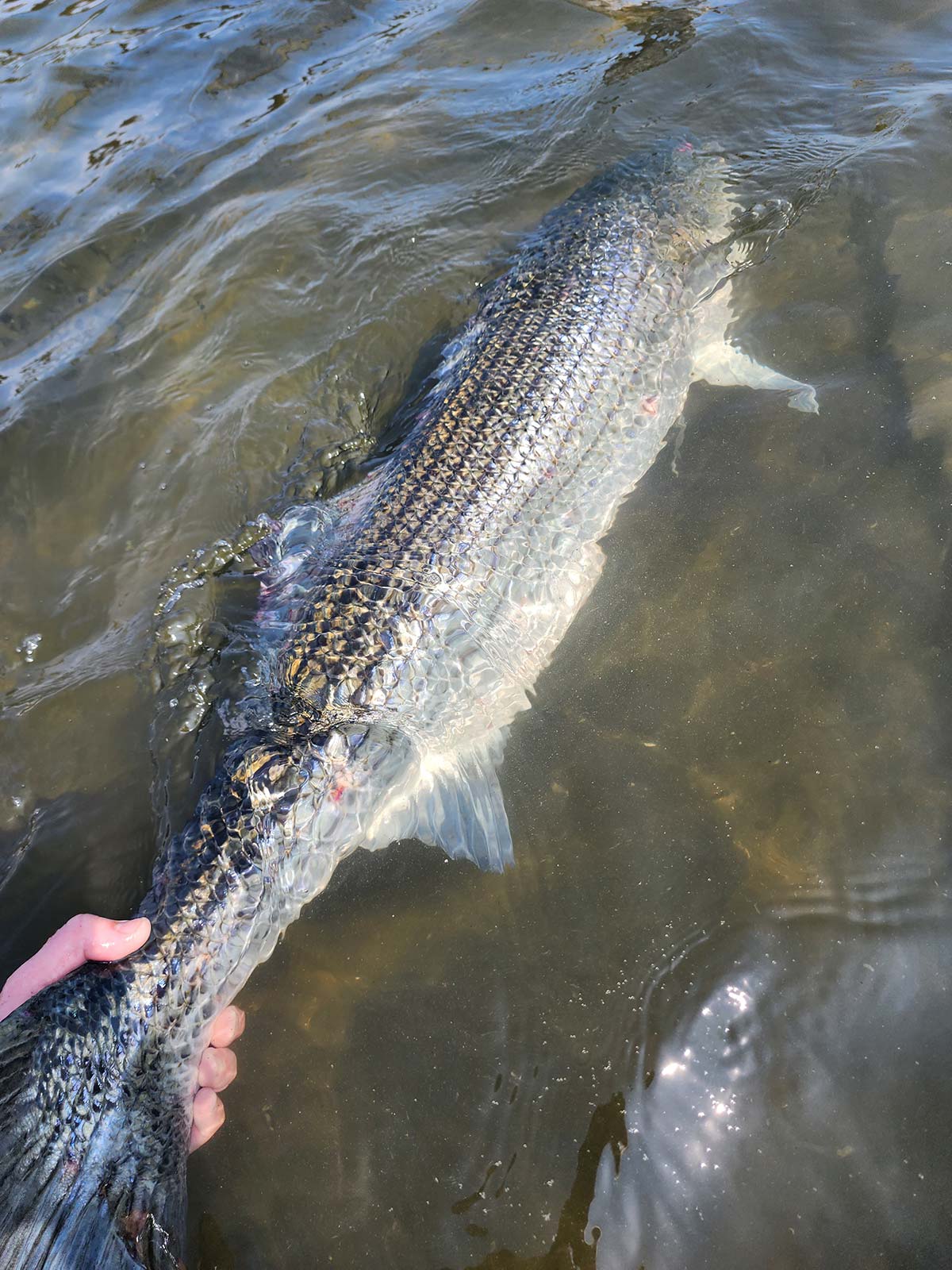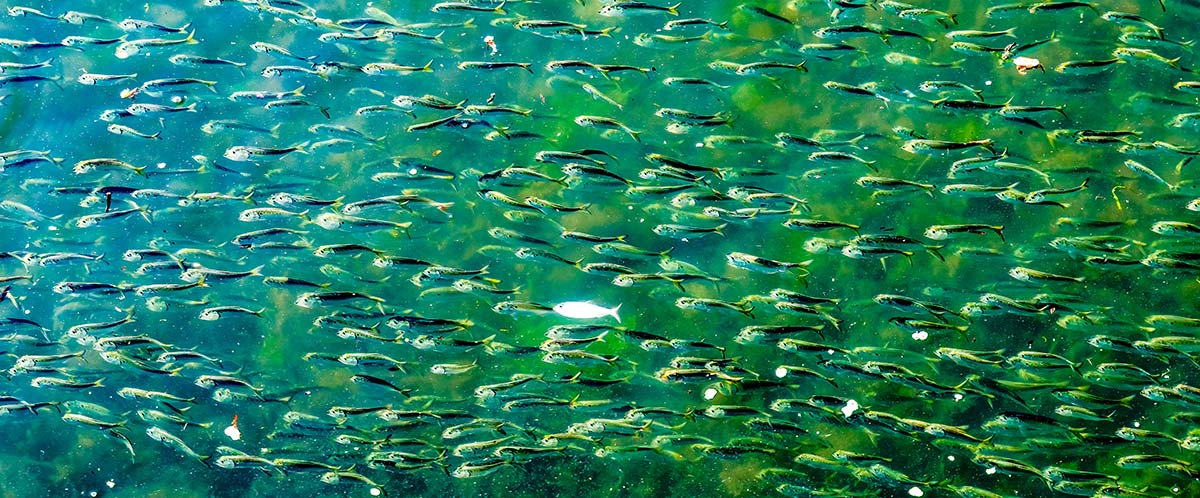
It came down to the right place at the right time for this trophy striper.
We all get out in the surf for different reasons. Those who fish, and I mean really fish, will tell you it isn’t about the catch, catching and landing a fish, well that’s all extra. The escape from the typical everyday routine, or the clarity that follows being separated from your thoughts for an evening or morning, with only the meditation of casting and retrieving seems to be the perfect remedy for the idle mind. Things that can weigh heavy on the mind the most find a place to lay dormant for a while when you’re out and about in the surf. When you’re out in the elements, regardless of the time, it puts the mind, body, and soul into the state they are most comfortable in; at least, this is what I have come to find while I’m out on the hunt for the next big one.
What Motivates Us
The hunt becomes the only thing you’re fixated on, it’s you and whatever you got in your plug bag versus the elements – wind, temperature, tide, moon phase, rain, you name it. Every time you grab your gear and get out there, it’s different, and this difference tests you. How resilient will you be? How long will you push the boundaries before you call it and utter the words, “alright, last cast.” I try to get out as much as I can. You can even say as much as the wife will allow it.

The Right Window
This trip was a Sunday, and I only had a little time to fish. My son had a baseball tournament, and I had an hour to rush to a spot cast a couple of dozen times and head home. A spot my friends and I refer to as “the grail” is where I decided to go. I knew I would be good for a bluefish or small bass this particular time of year and on this incoming tide. I was going a little after noonish, so I wasn’t expecting to catch any sizeable striped bass, given I never had much luck so late in the day.
The amount of bait in the back bays last year had been insane. It seemed any body of water you approached last year bayside was teaming with life. In this back bay, the peanut bunker were lurking in abundance. Everywhere you looked, pods were swimming around; if you were lucky, while you were there, you’d hear and see them getting chased all around by bigger fish feeding. I hadn’t been at the spot for longer than 25 minutes when something exploded on my plug, slowing down my retrieval and popping my pencil more aggressively as it got closer, trying to bait her in to make one more advance before I re-casted. I threw my plug probably 20 or 30 feet past my first initial blowup and retrieved it again, walking the dog, zig-zagging my pencil, and waiting for this fish to burst on it again, but nothing. I checked my watch, and it read 1:12. I remembered telling my wife I’d be back by 1:30, so I knew I only had a few more casts left before I called it. Luckily a big splash caught my attention, and I looked to my left to find a massive pod of bunker just broke water and was running from something. Naturally, I casted right over it, 10 to 15 feet behind it, this way, I would walk my plug right through the scene of the slaughter of peanut bunker, hopefully baiting whatever was chasing bait fish to attack my lure.
Bullseye, fish on! My plan worked. Cast past the splash, walk the plug through baitfish, and make it look like my plug is feeding on the same pod of baitfish; this way, the bigger territorial fish feeding thinks my lure looks like a snack. Well, it couldn’t have worked better. There I was fighting what I knew to be a big fish on my 10-foot ODM EVO (the last batch Lou Caruso himself built out on Long Island before moving) was toppled over, and my drag was singing that lovely sound we fishermen all love to hear. After about 15 seconds on, I was trying to place what kind of species the fish could be; I had it in my mind it was a bluefish, but the fight consisted of no aggressive head bangs or aggressive short spurts of drag runs. Instead, I was getting long, strong pulls of drag in a single direction before it would stop and then seem to charge right at me before changing direction and repeating a long haul of drag. Over and over, we played this tug of war. Finally, I got it inches from the surface. It took a turn and peeled drag diving back down. I could only make out it had a white underbelly and was extremely large. I knew now it was no bluefish. I thought maybe I got my first cobia; the fight was unlike any bass I had ever encountered. I even thought for a second, perhaps a small shark.

In Her Presence
Finally, she broke water, pissed off as all hell; I saw the stripes and how massive the fish truly was. My heart was now in my throat, knowing the finesse it would take to land this beast successfully. Holding tension on the line as it swam toward me, letting her pull drag as she rushed away, trying to free herself. The way it was fighting and taking drag on my VS150 was incredible. I finally got her within 15 feet and started doing some last-second landing maneuvers. She fully committed to my plug, hooked on the top and bottom treble, and wasn’t going anywhere. I had her. I had known by now it was over slot. There was no keeping this beauty. I knew it was important to keep her in the water while I unhooked her.
A fish of this size, over 50 inches, can be almost 20 years of age. I needed to know she swam off strong. I was in awe at her size. I’m not small, and holding this fish was no easy task. It was the biggest striper I had ever seen in person; 54 inches my tape measured out to and 45 pounds on my 60-pound Boga scale. It was everything I could have ever imagined it would be. I was hyperventilating with joy like a kid on Christmas morning coming to find Santa brought all the dopest gifts I had asked for when I finally landed her. This kind of fight/rush keeps us on the hunt for the next big one.

Insights On Catching Big
There are plenty of things to look for when the waters start to get warm come next spring. First and foremost, is bait in the water? Where there are baitfish, you better believe not far away are bigger fish waiting for the right tide to turn to heighten their opportunity of feeding. My take on back bay fishing at this spot where there is no current but still stagnant water is best two hours off high or two hours off low. This leaves half the body of water, usually present at high tide. I have found that this amount of water is most advantageous for the bigger fish to hunt, maximizing their potential feed, giving us, the fisherman a glimpse into a striped bass at their peak performance, hearing the slurping inhales of baitfish and seeing topwater blowups all around. This amount of water gives stripers enough space to swim freely among the bait fish but gives them an advantage. Less water leaves the baitfish with fewer places to swim off to and hide. You see, on high tide, the smaller peanut bunker, mullet, or whatever baitfish is on the menu that time of year can swim way up to shore, in a few inches of water, where bigger fish cannot get to—keeping the pods safe at a reasonable distance from deeper waters. However, on a lower tide, the pods are pushed up against the cliffs and banks of deeper water, leaving them vulnerable to attack—and that, my fellow fishermen, is where we want to be.
The striped bass, like many other opportunistic feeding fish, will use tides to their advantage, pushing pods of baitfish up against structure to attack. This keeps the pods tight and together while they maneuver them around for the optimal feeding frenzy. When there is too much water in my specific bay, the baitfish have too many places to swim; they break apart from their bigger pod when being chased, making it harder for a striper to eat a bunch at once successfully. The bigger pods fraction off into smaller pods and head for the shallows, where the bigger fish cannot travel.
Fish like striped bass are opportunistic feeders; they will feed when their chances at a successful meal are at their maximum potential. Waiting for the right tide or time of day is so crucial. If you get into fishing for fun and get the fishing bug, it is a matter of time before you are jotting down tides, times of day, moon phase, and wind direction and doing everything you can to maximize your efforts at getting on fish. You come to find that each spot you find or get put on has its patterns or trend of feeding for bigger fish, and figuring out this puzzle that each location has will increase your chances of landing fish there. It’s all about the grind. It’s all data you are compiling to maximize your luck; the more times you go and get out, the more you learn.
Tight lines to all, may the bite be with you.


